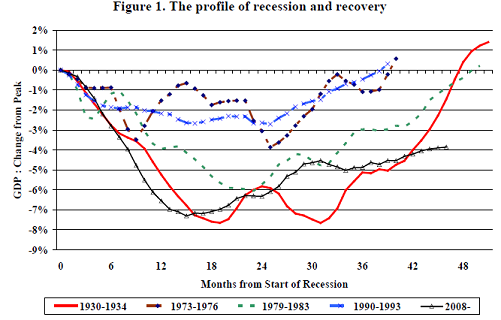EUR/usd
S&P revised down Greece's rating outlook to ‘negative'. Remember that after private loan restructuring the outlook was ‘stable'. It's all about renewed issues with getting tranches from the IMF. The latter is currently putting an intense pressure on the ECB, urging it to restructure Greece's debts, belonging to the Bank. The European Commission, seeing the deterioration of the outlook for Greece, couldn't put up with the revision of the initial economic targets (the debt-to-GDP ratio at 120% by 2020). And it means that this level can be achieved only by artificial reduction of the debt load. Anyway, the news concerning other troubled countries was not bad at all. Thus, Germany looks more yielding in regard to ‘draghi's plan' for purchasing of short-term sovereign bonds. In addition, the markets are well growing on rather favourable corporate reports and intention of the Asian CBs to ease the policy further. The Japanese and Korean CBs are expected to take this up, probably, already tomorrow. The American stock exchanges were eagerly growing at the height of the session. The S&P 500 went above 1400. The rise was then followed by profit taking, which eventually drove the stocks to the negative area. Yesterday we were right about the market sentiment, when supposed that Forex would ignore the negative news on the European economics. The German factory orders proved to be rather poor: the annual rate of decline already makes 8%. The same decrease can be observed in the Italian industrial production. Nevertheless, the euro managed to reach a daily high at 1.2440 after that news. And only after that there formed a correction. The local low was hit this morning. It makes 1.2376. However, the disposition towards risks still persists in other markets and this means that the ongoing correction may prove to be rather short.

GBP/USD
The British pound almost triumphed yesterday, though there weren't any particular fundamental reasons for this. The industrial production statistics proved to be better than expected (a 3.3% decline was forecasted), however the decrease was more than impressive: -2.5% m/m for the whole sector and -2.9% for manufacturing. The annual decline made 4.3% for both the indexes. Yesterday NIESR announced its GDP estimate for 3 months to July. Over this period the economy shrank by 0.2%. After the dramatic decrease by 0.7% a month before, the July statistics look relatively good, but only by contrast with the previous drop. Today all eyes are turned to Mervyn King, who will present a new quarterly report on inflation. It is a potentially risky event for the pound.

USD/JPY
The dollar/yen is purchased on the drops down to the lower boundary of the channel. Besides, it is also possible to see an upward trend in the candles (levels of highs and lows are getting higher). But we've seen it many times before. The two-day meeting of the Japanese CB starts today. The consensus-outlook suggests that the bank won't venture to change the policy for another couple of months. Besides, EUR/JPY has bounced off the lows. The Bank pays a close heed not only to the dollar, but also to the single currency, as the largest part of exports is sent right to Europe. Last night the Japanese current account balance for June was published. On the whole the data proved to be better than forecasted due to the capital inflow. Though the trade balance showed the highest surplus since last September, it is still just a pale shadow of the past.

AUD/USD
The unfolding correction in the stock exchanges and a slight hitch in the euro haven't passed unnoticed for the aussie. Tuesday was closed out slightly in the negative, today we can observe a certain decline as well. From yesterday's low of 1.06 the pair fell down to 1.054. Having raised AUD/USD by more than 10%, the Aussie-bulls wore themselves out and will probably take a break for a while.
